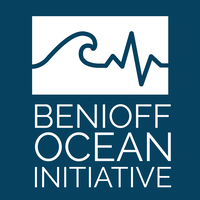Plastic Waste Capture in Rivers: An Inventory of Current Technologies
The report provides an overview of technologies for capturing plastic waste in rivers, a critical step in addressing the global challenge of ocean plastic pollution. With rivers being significant pathways for plastic waste into the oceans—transporting an estimated 0.8 to 2.7 million metric tons annually—these technologies represent a strategic opportunity to "turn off the tap" of waste before it reaches marine ecosystems. The study inventories a variety of solutions, ranging from passive systems like booms and barriers to advanced devices such as trash wheels, bubble barriers, and autonomous skimmer vessels.
The report evaluates these technologies based on functionality, maintenance requirements, costs, environmental impacts, and real-world applications. For example, passive systems like booms are cost-effective and adaptable for smaller rivers, while advanced tools like The Ocean Cleanup’s Interceptor are designed for high-capacity operations in larger waterways. Additionally, solutions like the Bubble Barrier and unmanned skimmers demonstrate the potential for combining efficiency with minimal environmental disruption.
A key takeaway is that no single solution fits all rivers; technologies must be tailored to specific river conditions, including flow rate, size, and pollution load. The report also stresses that these tools are part of a broader approach to addressing plastic pollution. While cleanup efforts are vital, they must be complemented by upstream interventions, including policy changes, waste management improvements, and consumer behavior shifts to reduce plastic use.
The report emphasizes the importance of collaboration across stakeholders, from local communities to global organizations, in scaling and sustaining these efforts. The report calls for ongoing innovation, data collection, and systemic changes to tackle plastic pollution holistically.


